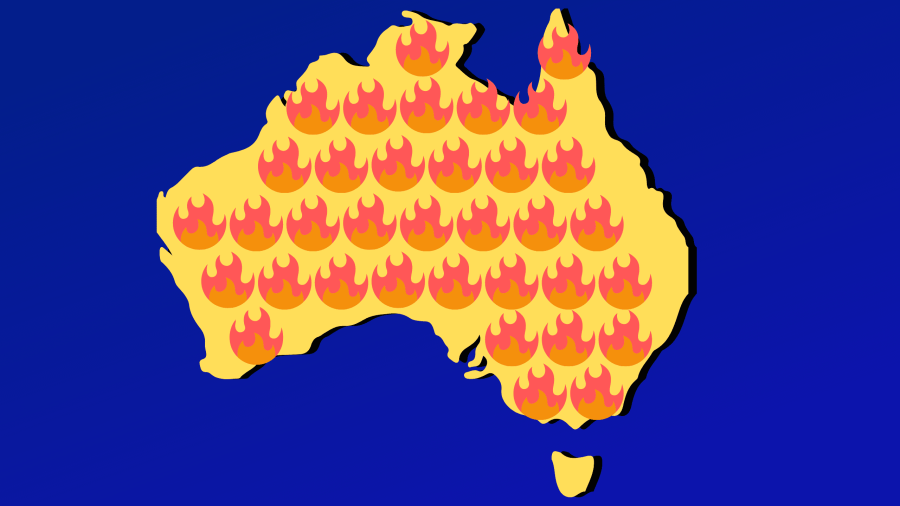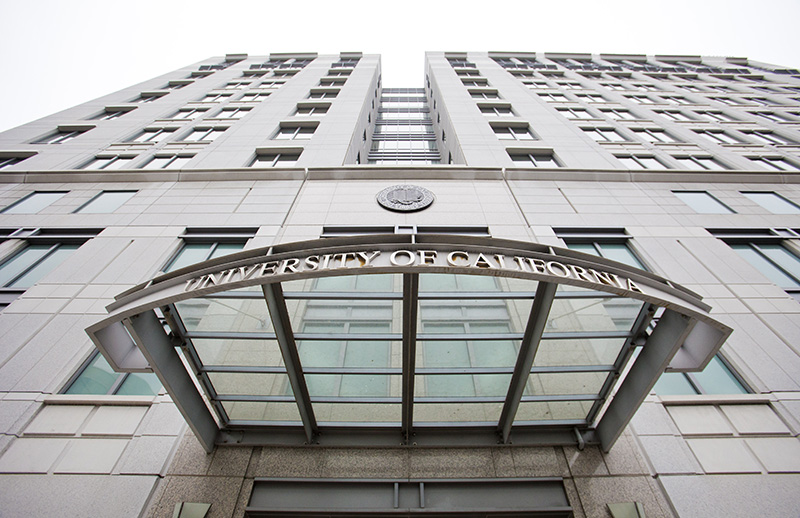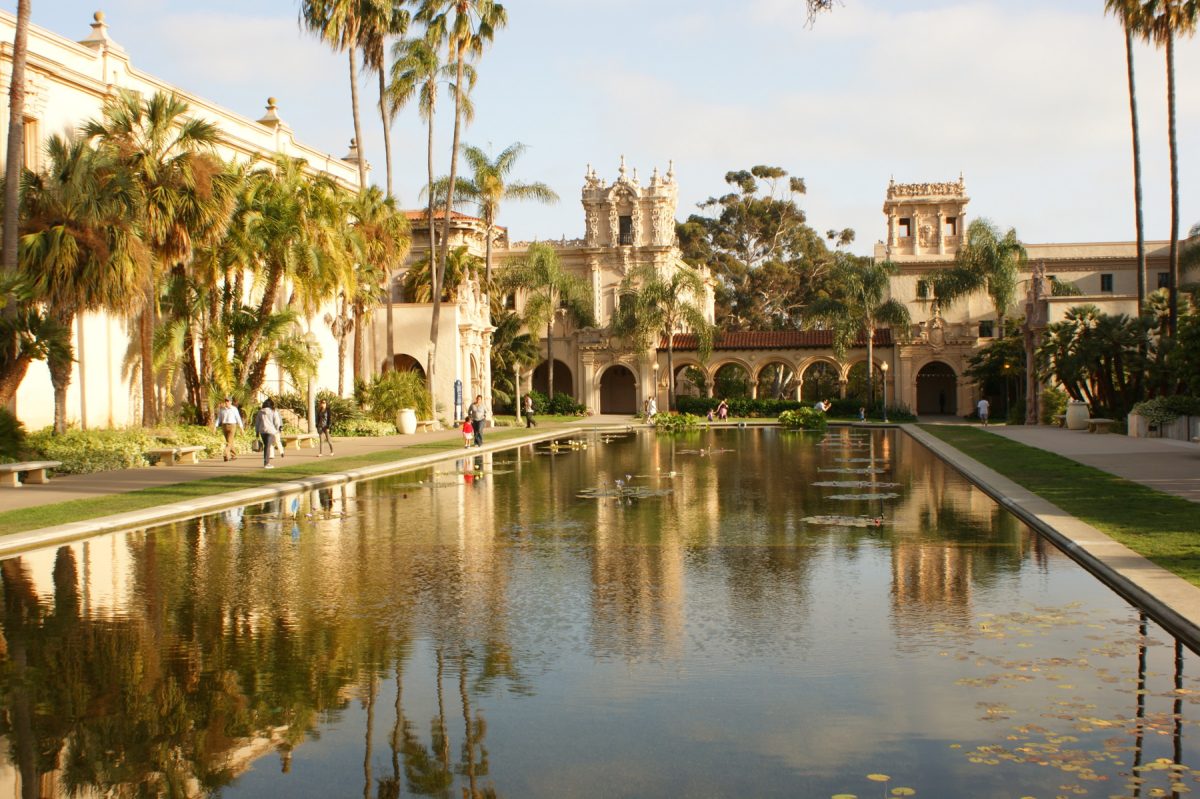While California’s wildfire season is anticipated to conclude in February, Australia’s fires show no sign of stopping as they continue to blaze across the continent, burning over 15.8 million acres and killing at least 24 people as of Jan. 8, 2020. These wildfires will be remembered as Australia’s deadliest fire season to date.
Fires have devastated much of the land, with many people being displaced due to their burning homes. Poor air quality has also engulfed the area, with many travelers being warned to take precautions while in the country. As a result, the United States Department of State issued a Level 2 travel advisory in Australia on Jan. 8, citing wildfires and natural disasters as the main reason behind the increased risk.
Humans and animals alike are suffering from these fires. Professor Chris Dickman of the University of Sydney estimates that over 480 million animals alone have been affected by fires in the Australian state of New South Wales since fires started in September 2019. Among those animals are the country’s indigenous kangaroos and koalas, as well as rare species of native birds and frogs.
Animal populations have suffered under the hot weather conditions and will continue to do so until March or April, when analysts believe the fires will end. “The true loss of animal life is likely to be much higher than 480 million,” Dickman said.
Australia’s Irwin family has continued the work of their patriarch, Steve Irwin, in the years since the environmentalist’s passing, with the current situation being no different. As owners of the Australia Zoo, the family told the Cable News Network that there has been a significant increase in wounded animals admitted to the zoo’s Wildlife Hospital. Despite the overwhelming numbers, they have remained dedicated to saving animals and have said they’ll continue to treat animals as they come into the hospital.
The San Diego Zoo, which displays a collection of 20 koalas loaned by the Australian government, has backed research and rescue efforts in Australia’s Blue Mountains, home to the most diverse group of koalas in the world. Rescued koalas were sent to rehabilitation in a Sydney zoo, where they will take refuge until the fires dissipate. Researchers hope they will be reassimilated to the wild and restore the region’s population.
“It is a battle for our ecosystem right now, and I think last year, 2019, was a year where we really saw a lot of things tip, whether it’s glaciers melting, the fires in the Amazon, now it’s hitting Australia,” Terri Irwin said to CNN.
Twitter and Instagram have been a powerful tool in spreading awareness on the natural disaster. The severity of the situation has prompted many across social media to take action, including celebrities.
Australian artists Kylie Minogue and Cody Simpson have been vocal in spreading news to their followers across social media, including donation links to organizations such as the Australian Red Cross and Rural Fire Services. Political figures such as former U.S. President Barack Obama and Sen. Bernie Sanders, as well as and other American public figures like Kim Kardashian, have used their accounts to fill in American audiences who may have been detached from the issues in Australia.
Others have taken a more unorthodox method to raise awareness. Under the Twitter name, “The Naked Philanthropist”, one user told her followers she would send one nude photo for every $10 donation made to a charity providing help in Australia. Kaylen Ward, an Instagram model based in Los Angeles, told The Washington Post that she has raised more than $500k for wildfire relief efforts through this system.
Changes in the global climate has resulted in the transformation of landscapes across the planet, with California and Australia being the latest examples of this phenomenon, as both have experienced stronger than usual wildfire seasons.
Due to the warmer climate patterns, some forests burned in Australia are not expected to recover and will become brush and grasslands instead. A similar case presents itself in the country’s Great Barrier Reef, which has lost its color due to mass coral bleaching, a result of climate change.
According to experts, altered landscapes will make it difficult for animal species to survive, resulting in forced adaptation for some and possible extinction for others. The same is expected to occur in other environments across the world, assuming climate conditions continue to deteriorate.
There are many ways to help those affected in Australia, including donations and “adopting” an animal. The Australian Red Cross and WIRES, Australia’s largest wildlife rescue organization, represent just a handful of the organizations taking donations to aid in wildfire relief.







